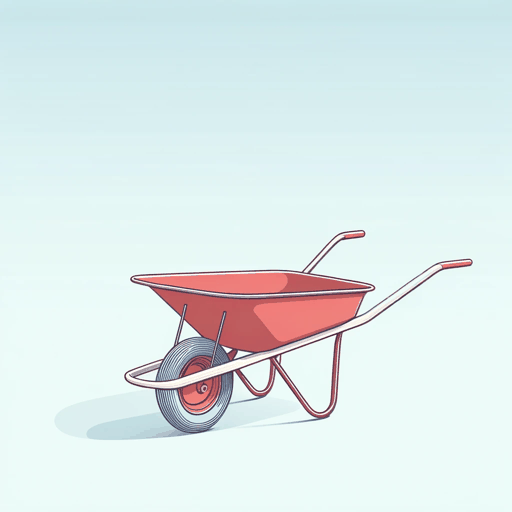16 pages • 32 minutes read
William Carlos WilliamsThe Red Wheelbarrow
Fiction | Poem | Adult | Published in 1923A modern alternative to SparkNotes and CliffsNotes, SuperSummary offers high-quality Study Guides with detailed chapter summaries and analysis of major themes, characters, and more.
Literary Devices
Form
The poem is a single sentence divided into four unrhymed couplets; the first line of each couplet has three words, and the second line of each couplet has a single word. Given the fragmentary look of the poem and the generous use of white space, the form is inviting and unintimidating. The form creates a feeling of calm and encourages lingering over the words themselves. There is no capitalization to mark the beginning of the sentence, no urgent rush to a period at the end; thus, the form suggests the image itself is suspended within the eternal present of a sentence that has no beginning and no end.
The form is a variation on the ancient Japanese tradition of the haiku, a brief poem that uses as its subject some intoxicating image pulled from nature. Like Williams’ poem, the haiku provides no context and does not compel the image captured to mean more than what it is, a gorgeous something snatched from an otherwise neutral landscape. The tone of a haiku, thus, is detached and subjective. Williams plays with the haiku’s traditional 17 syllables (the poem has 22 syllables) but maintains its tone and formal appearance.
Related Titles
By William Carlos Williams

Approach of Winter
William Carlos Williams

Between Walls
William Carlos Williams

In the American Grain
William Carlos Williams
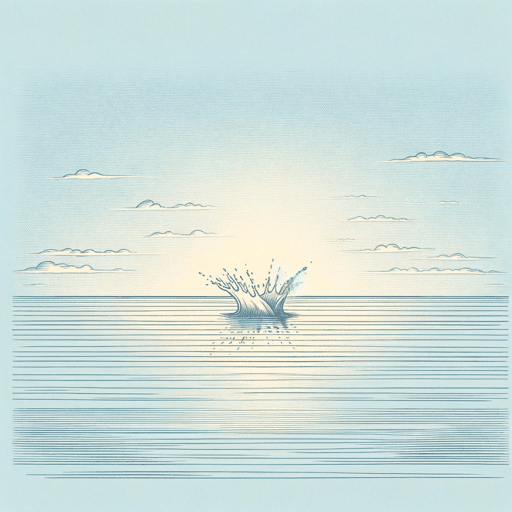
Landscape with the Fall of Icarus
William Carlos Williams
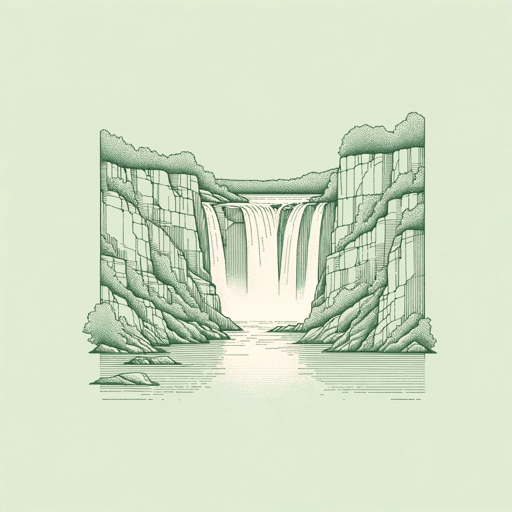
Paterson
William Carlos Williams
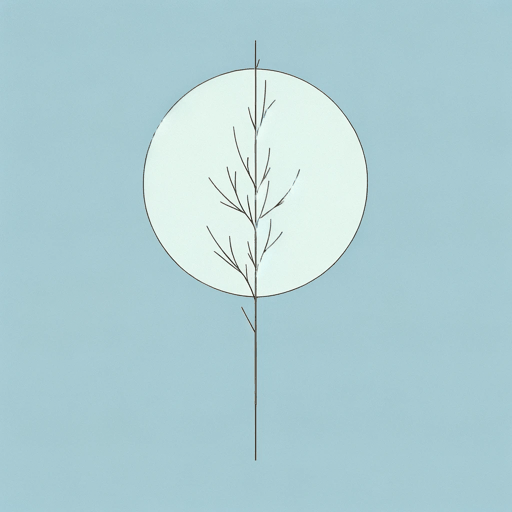
Spring and All
William Carlos Williams

Spring Storm
William Carlos Williams

The Young Housewife
William Carlos Williams
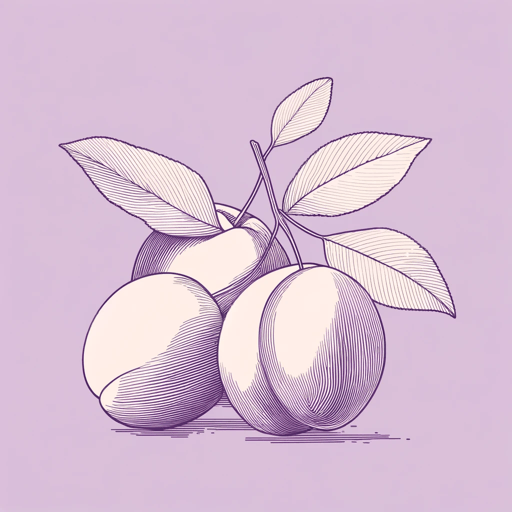
This Is Just to Say
William Carlos Williams
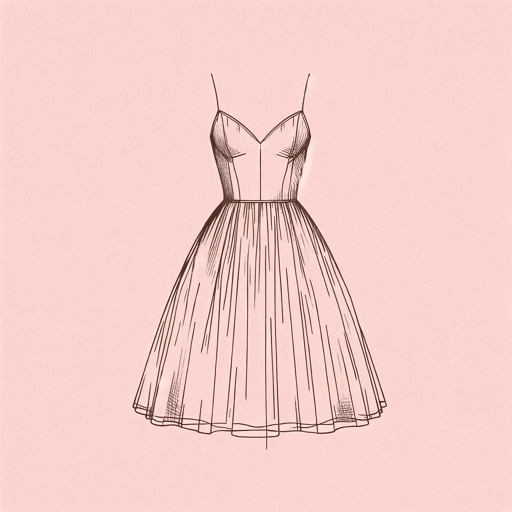
To Elsie
William Carlos Williams
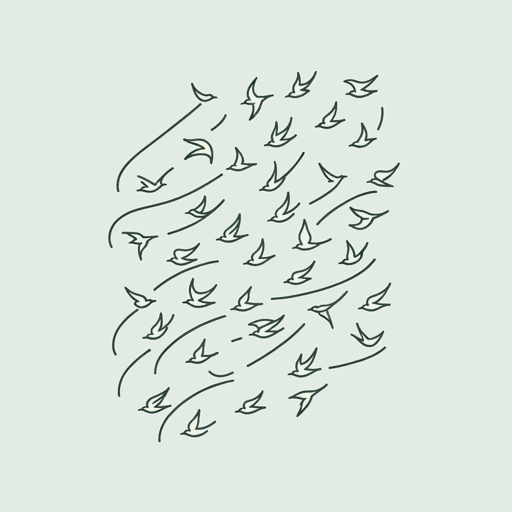
To Waken An Old Lady
William Carlos Williams
